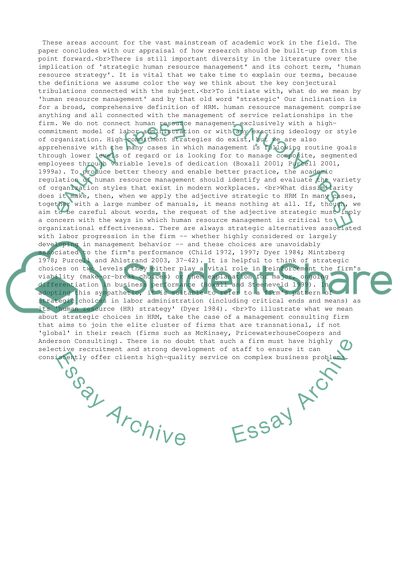Cite this document
(“Human Resource Management in Competitive Environment Essay”, n.d.)
Human Resource Management in Competitive Environment Essay. Retrieved from https://studentshare.org/business/1530321-human-resource-management-in-competitive-environment
Human Resource Management in Competitive Environment Essay. Retrieved from https://studentshare.org/business/1530321-human-resource-management-in-competitive-environment
(Human Resource Management in Competitive Environment Essay)
Human Resource Management in Competitive Environment Essay. https://studentshare.org/business/1530321-human-resource-management-in-competitive-environment.
Human Resource Management in Competitive Environment Essay. https://studentshare.org/business/1530321-human-resource-management-in-competitive-environment.
“Human Resource Management in Competitive Environment Essay”, n.d. https://studentshare.org/business/1530321-human-resource-management-in-competitive-environment.


